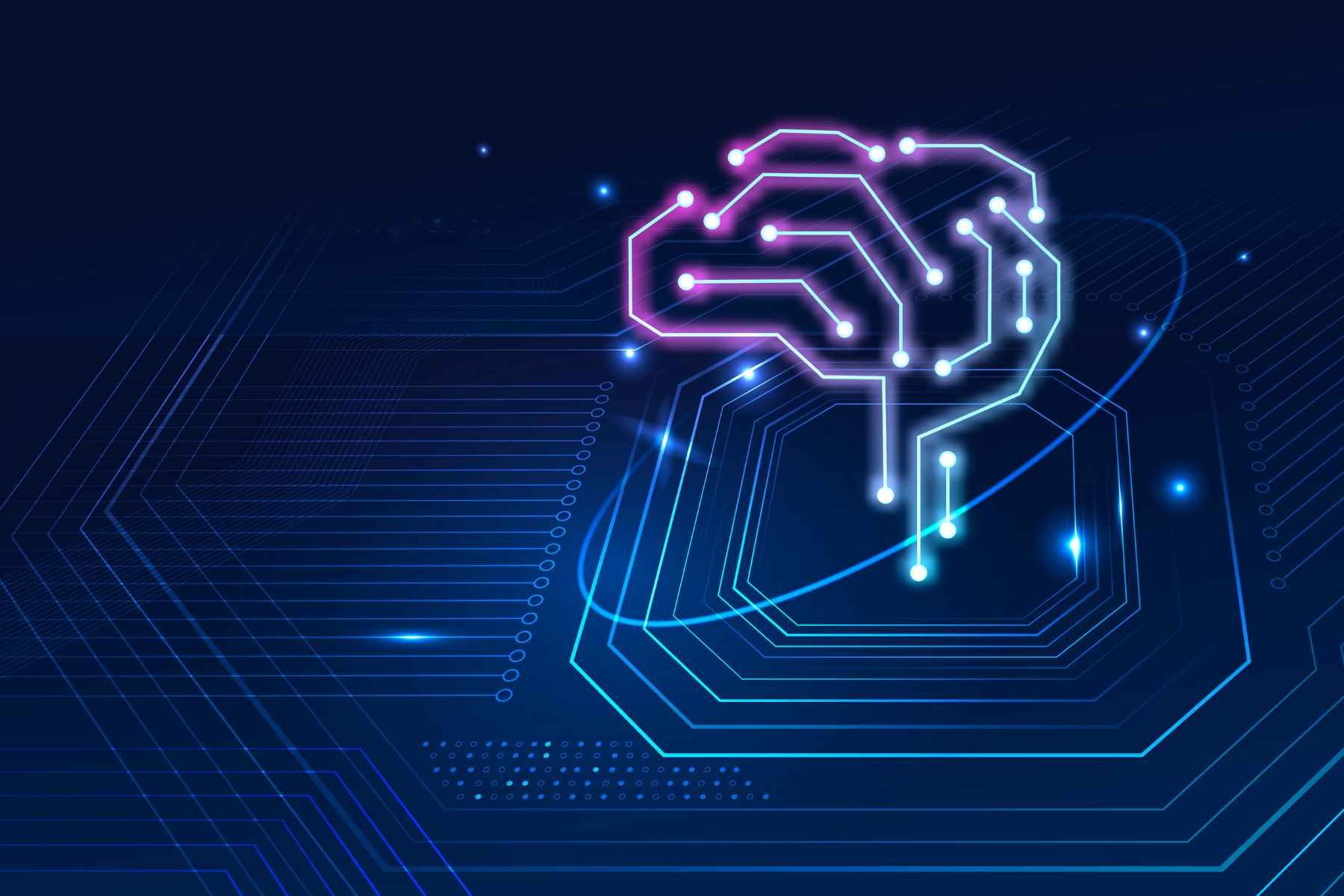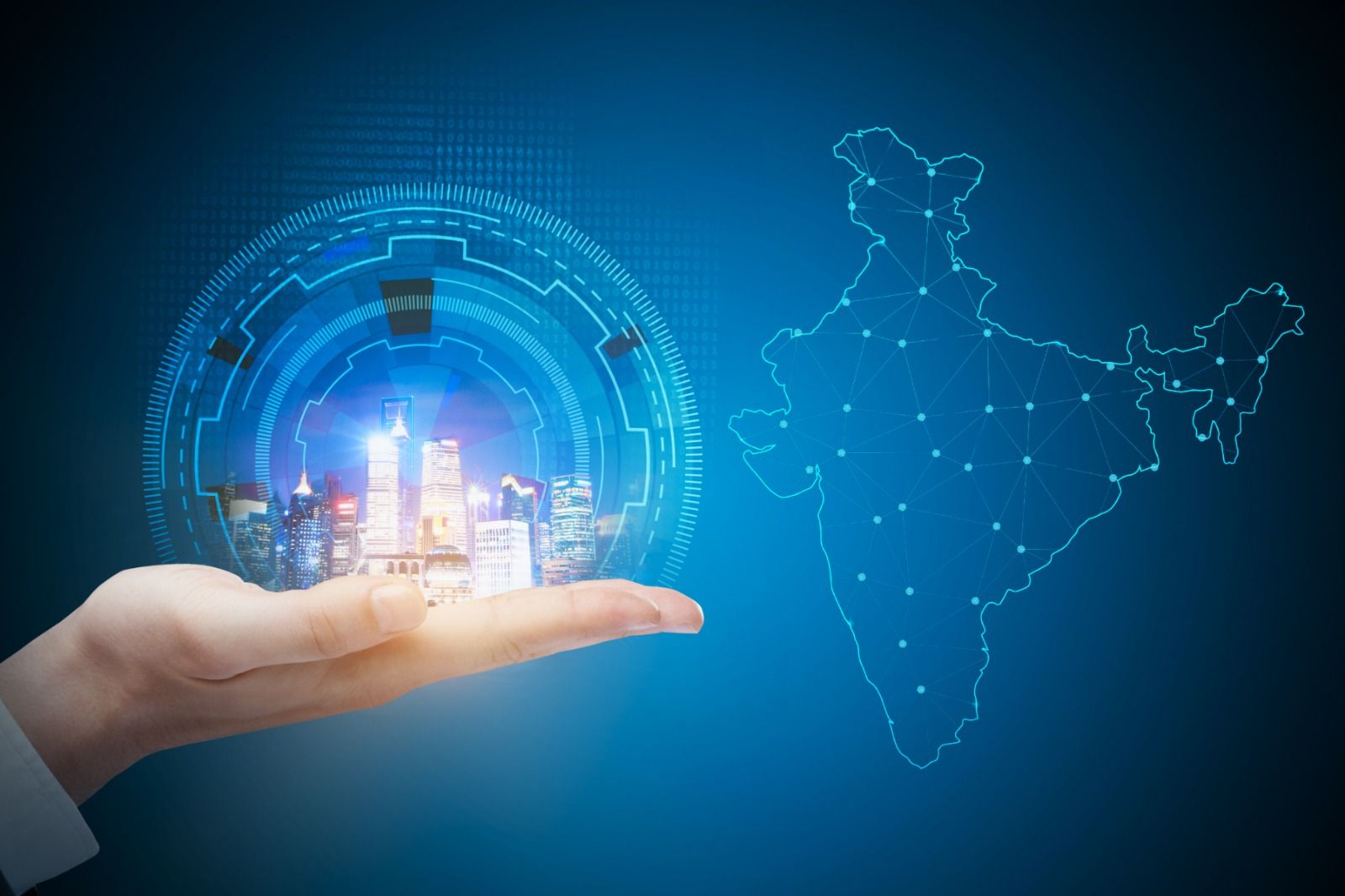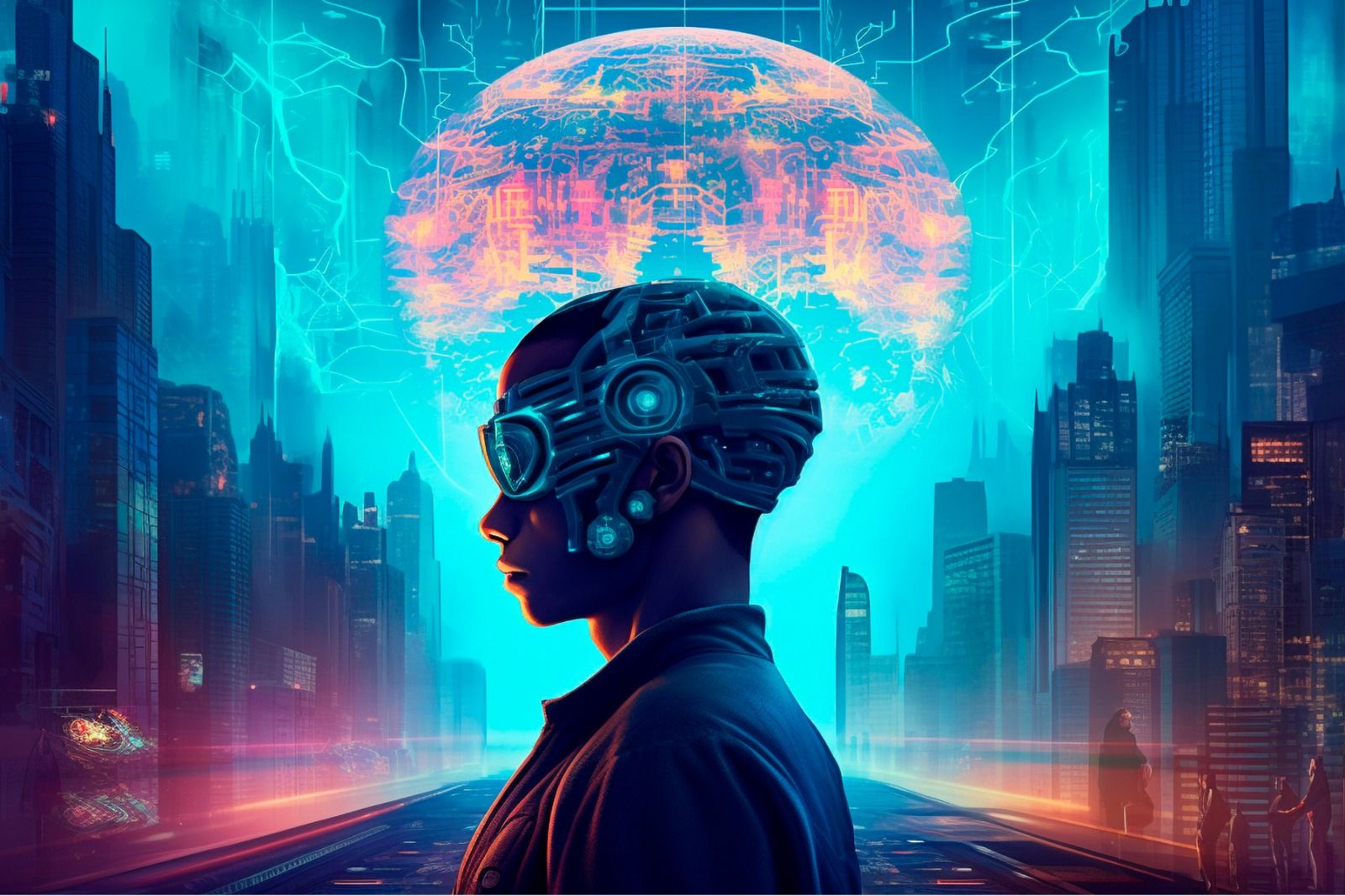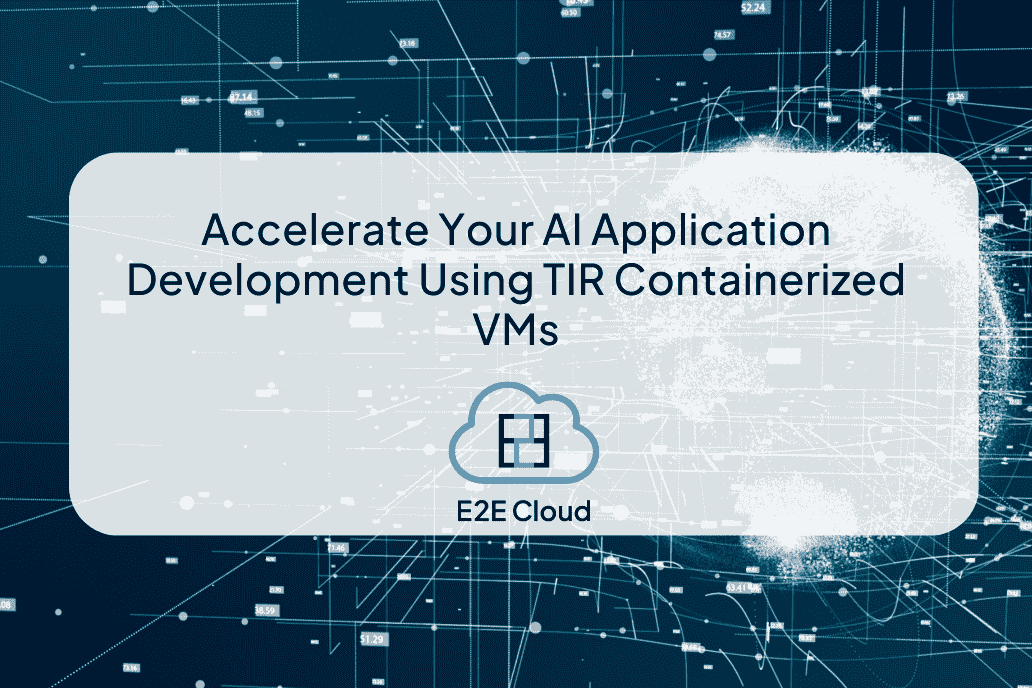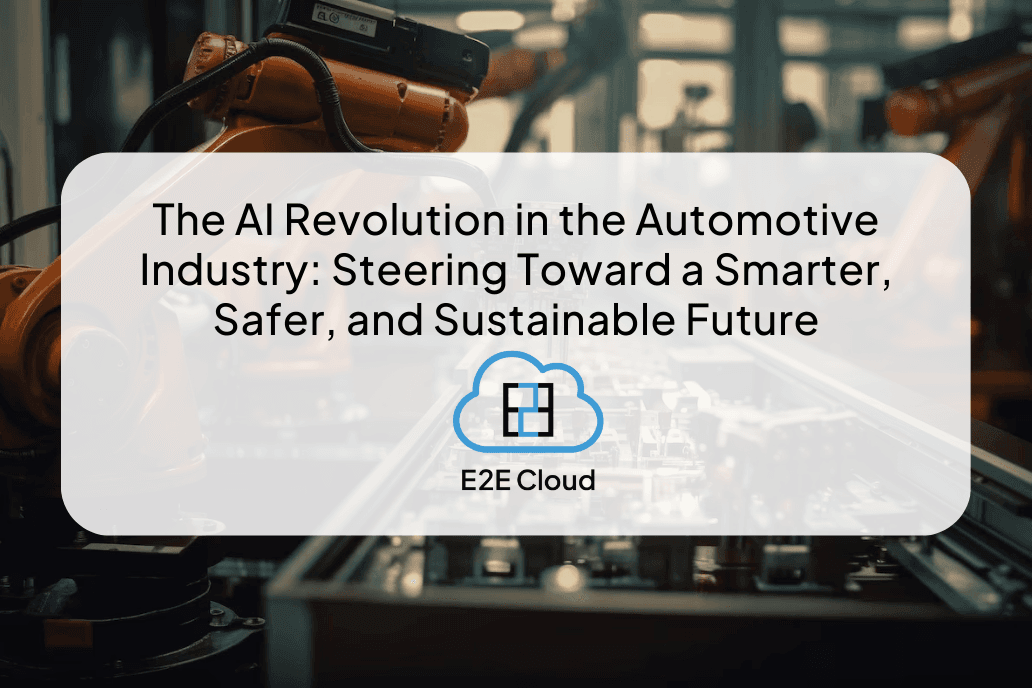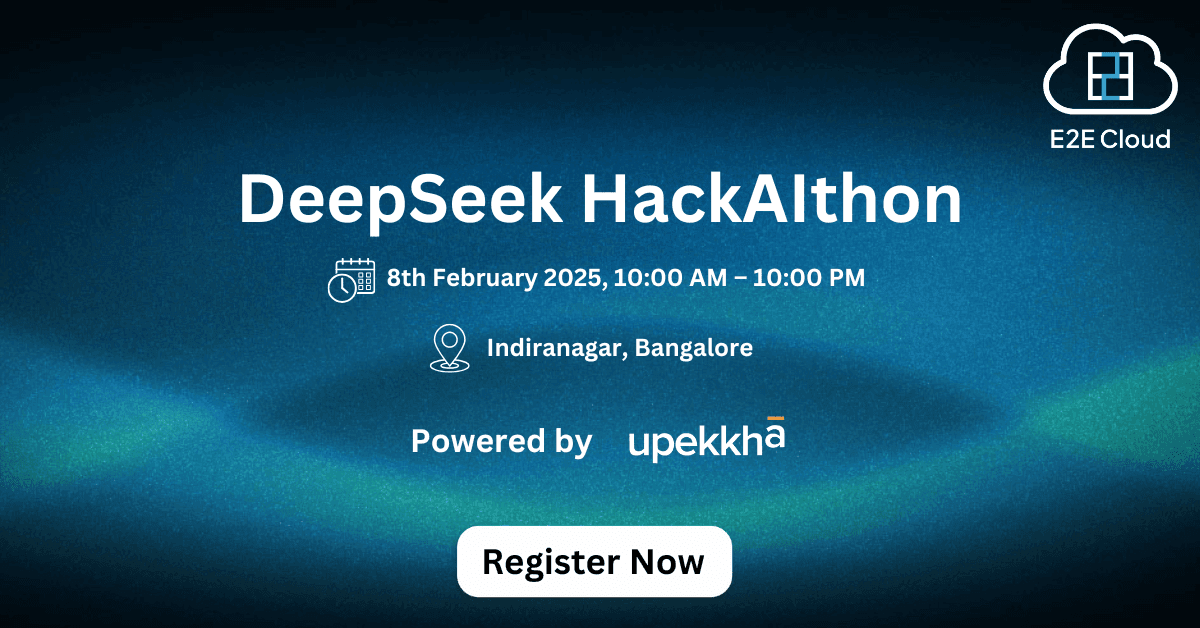Cloud servers or virtual servers are created using a virtual computing environment. Further, they’re hosted, built, maintained, and delivered using a cloud computing platform on the internet. The best part is that they can be accessed from a remote area as well.
Over the last few years and especially in 2020, cloud servers have gained a lot of importance because of their multiple uses at all kinds of levels like schools, colleges, corporate houses, tech firms, businesses and large size organisations. Many servers connected via a single network or on the internet can be termed as Cloud Servers.
How does the Cloud Server Work?
The main function of any cloud server is to enable cloud computing services for the user. In layman terms, it means that the users connected to the server via a network can access data stored and the computing power as well. It offers Infrastructure as a service (or IaaS), cloud service model, and basically, there are two types of cloud servers: physical servers and VPS. Many multiple virtualization software products are majorly used to create and run cloud servers. Further, services like data hosting and sharing, web hosting, application and software use can be done through cloud servers.
What Makes Cloud Servers so Important?
In 2020, getting a company’s resources on the cloud is seen as a viable long-term choice. Most companies prefer to store data in cloud servers primarily due to low costs and lower maintenance efforts. Additionally, cloud servers are important for businesses because they offer many other advantages that on-premise servers simply don’t. Some of those advantages include:
Boosts Cost-Effectiveness
The expense of maintaining the physical and virtual infrastructure is very reasonable. It is significantly less as compared to maintaining and running a full-fledged hardware server. You can access all possible data sitting in any remote location at a very nominal cost.
Makes Systems More Scalable
Growing resource sharing needs of any organisation can be met with minimal changes in the pre-existing virtual private server. Scalability is very easy, and you can comfortably upgrade to a better system and network.
Eases Connectivity
Integration ensures smooth and delay-free interaction between the machines connected on a network. Fast communication can only be possible when the resources integrated are connected well with the cloud server systems via Private network.
Provides Stability
Cloud servers are very stable systems of data sharing, cloud computing, and website hosting. With well-tested devices and network systems, the services had very few chances of crashing or data loss. Good backup plans and bandwidth plans will always ensure a smooth user experience.
Allows a Flexible Pricing Structure
By a flexible pricing model, we mean that you pay only when you launch the server. Once the server is deleted, billing is stopped. So, effectively, you don’t have to pay a fixed monthly rental no matter what your needs are from time to time. In the case of cloud hosting, you will pay only for the number of servers you are using.
Saves Time and Money
Spending upfront hefty amounts on building and maintaining IT infrastructure and manpower with SMEs to handle the same is a painstaking and challenging endeavour for many companies. If your company wants to get rid of all these tedious tasks and focus on the relevant work areas, opt for cloud platforms as there will be no doubt in saving your time as well as money. Your hardware and maintenance related matters can easily be solved by the cloud server providers by offering to pick from many cost-effective plans.
Centralises the Collaboration
As all the data is stored on the cloud, it is in a central location, making it easy to be accessible for all in real-time. This, in turn, boosts up the communication between co-workers, clients and suppliers at the same time.
Provides Access from Anywhere and Anytime
With changing times, employees have more freedom and flexibility and are working on projects from different locations. If you want to collaborate with a global workforce, using cloud servers is a must for you. If you’re worried about data security and privacy, consider getting a dedicated server for your organisation. Further, cloud servers are upgraded automatically, causing no inconvenience to the users who are working at that point of time and so, this is also an added advantage.
Fastens Website Speed and Performance
Have you ever wondered how frustrated your viewers will be if your website loads slower? You might annoy your existing customers and drive away potential customers too. So, to solve this problem, cloud server hosting is the key. As these companies use high performing servers and high-speed processors, the websites hosted on these servers load much faster and have the capacity to deal with fluctuating workloads.
Increases Security
It doesn’t matter if you are a business entity or an individual. Your data is crucial and needs to be stored safely and securely, as this is the utmost priority. Cloud platforms are well equipped to tackle this issue as they provide high-security features like data encryption, authentication, access control, routine backups, etc.
Broadens the Different Storage Options
While choosing a storage plan on a cloud server platform, you have different storage options like public, private or hybrid storage which depends on your security needs and other factors. Cloud computing provides you and your business the flexibility it needs to make a custom system that's perfectly adapted to your unique needs. A customised cloud computing system is made in such a way that you have a broad bandwidth, many different tools, and ample space for storage.
Increases your Control Choices
Organisations can determine their level of control with multiple types of cloud services. These services include software as a service (SaaS), platform as a service (PaaS) and infrastructure as a service (IaaS) feature as well.
Gives Access to Multiple Tools
Users can select from a menu of prebuilt tools and features to build a solution that fits their specific needs. These tools come in handy while customising the server settings that suit your organizational or individual needs.
Simplifies Remote Working
With the rise of the COVID-19 pandemic, traditional work styles are taking a backseat. Individuals and groups are now in favour of concepts such as work from home or working remotely. In this scenario, cloud computing provides all the necessary support required to fulfil this evolved working style. Any remote worker can simultaneously work on projects like the office workers in real-time. Thereby saving both time and effort of travelling and ensuring efficiency.
Eases Communication and Collaboration
High-speed networks, top-end systems, and much more investment are made just to make people across the globe, working on the same projects and ideas communicate better. Using cloud computing, employees from different departments or locations can come together virtually, share resources, and communicate better.
Improves Data Security
The data and applications you save on the cloud are always secure. A good, dedicated cloud server system ensures that each operation conducted or resources created using the system are backed up on the servers. This way, it makes users less prone to any kind of data loss. When a proper backup of the important resources is taken regularly, the fear of data loss will not bother the users.
What are the Top Industries using Cloud Servers?
Cloud computing offers numerous features to almost all sectors of the industry like Automotive, Entertainment, Retail, Education, Healthcare, Banking, Manufacturing or Production, Non-Profit Sectors and Financial Sectors. Cloud Servers helps you concentrate on your business performance by amplifying your growth and simplifying your operations at a value-based price and hence, benefiting you. Using cloud servers is not only budget-friendly but also helps in improving the pace of online or network-based operations of an organisation.
Final Remarks
From backing up data to enabling efficient virtual communication, from resource sharing to adding flexibility for remote workers, cloud computing has indeed made considerable strides in the tech industry.
Using Cloud Computing is the new budget-friendly up-gradation for businesses to level up their business or individual operations. So, cloud computing has not only become important in 2020 but has also replaced the local server technology to a great extent. The hot-selling features of cloud computing like data backup, resource sharing, pocket-friendliness, a boon for remote workers etc. have made it a thing of the present and the future.
For more details. Click Here – High Performance Compute

